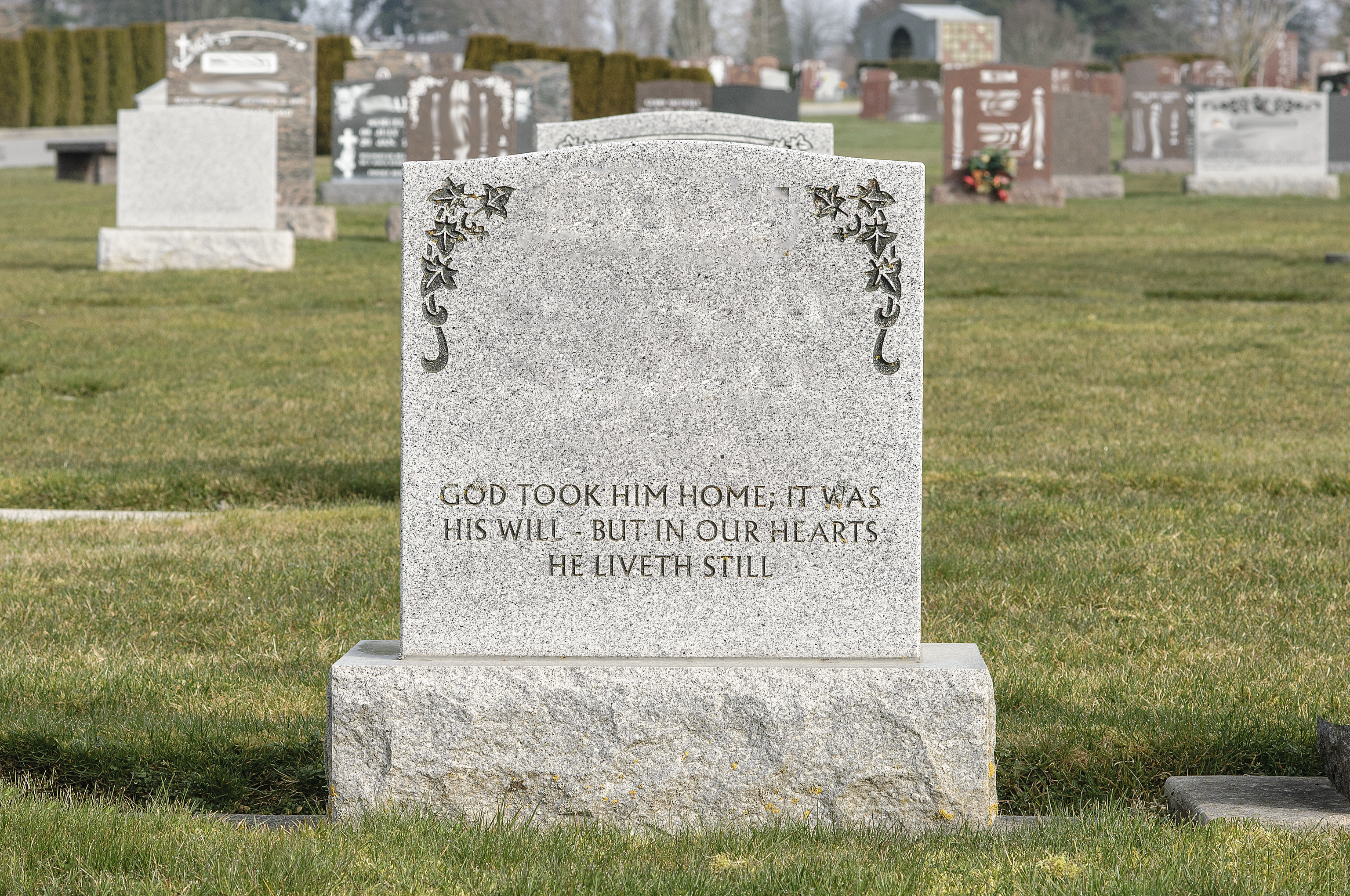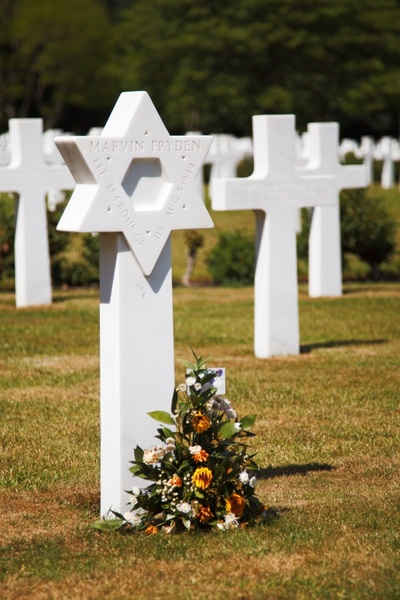


George Elliot in her 1876 novel Daniel Deronda made light of the dark catafalque by suggesting that a "black and yellow catafalque" was known as "the best bed."īoneyard originated in the early 19th century as a pretty literal name for the place where the bones of dead horses or other domestic animals are collected for subsequent use-nowadays, bone might be repurposed in construction materials or fertilizer. In the 19th century, the catafalque went mobile and was modified to include an open hearse or funeral car. The word catafalque is a 17th century arrival that is derived from Italian catafalco, which itself is formed from Vulgar Latin catafalicum, meaning "scaffold." The Latinate derivative has an irregular formation: the prefix cata- (influenced by Greek kata-) should signify "down" as in cataract, meaning "waterfall" or "downpour"-but it doesn't-and the base word, fala, means "siege tower." Linguistically, the path to the word's common meaning of "an ornamental structure sometimes used in funerals for the lying in state of the body" is muddied, but fala seems to be the scaffolding that allows for etymological rationalization to proceed. It is often used for royalty and personages of distinction and is normally set up in a historic public hall, such as Westminster Hall in London or the Capitol Rotunda in Washington, D.C. But this is etymological digging-not documented fact.Ī catafalque is an ornate structure used in funerals to support a casket or for the lying in state of the body. If that is the case, the word would have the connotation of "a cairn on a mountaintop" ("a horn topping the mountain"). The word may have also meant "horn" in the past, influenced by the Gaulish karn-on. The word cairn, however, is a 15th-century English borrowing of Scottish Gaelic carn, referring to a heap of stones. The tradition of building cairns goes back many centuries and across continents. In either case, the body or bodies would normally be found in a vault (again, do not disturb). Various members of a family or clan might be uncovered when excavating a cairn, or it might be a single important individual, such as a chief or leader. Additionally, they are used to mark burial sites or constructed as memorials or monuments having personal or spiritual significance, so maybe think twice about disturbing one.īurial cairns date primarily from the Neolithic Period and the Early Bronze Age, and they are sometimes referred to as a barrow (from Old English beorg, meaning "mountain") or tumulus (akin to Latin tumēre, "to swell"), both of which designate a mound of stones or earth over the remains of the dead. The smaller cairns encountered today are often done out of idleness, but, historically, they have significance as the boundaries of a trail or as landmarks for voyagers or travelers. Cairns can be seen at the beach or randomly piled up on the unbeaten path of a hiking trail. A cairn is a heap of stones that is conical or pyramidal in shape and that can range from a carefully stacked tower to a mountain.


 0 kommentar(er)
0 kommentar(er)
